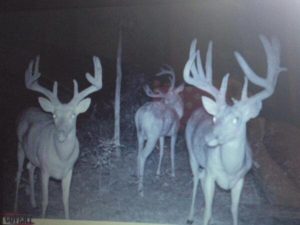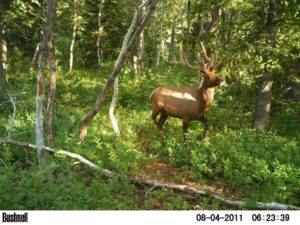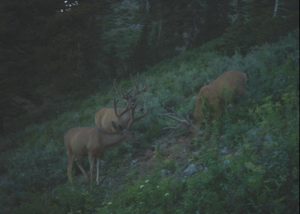Preparation is key.
It’s the most important thing you can do to kill a deer. If you want to be successful, in life and in hunting, you need to prepare.
When it comes to hunting, preparation means scouting. You can never do enough scouting – the more time you put in, the better your hunt will be. A good rule of thumb for scouting is this: you should spend more time scouting and preparing for your hunt than you do on your actual hunt.
With that being said, here are 5 vital tips for making the most of your scouting this year:
Figure Out What Proximity You Want to Scout From
In general, there are two methods of scouting – high-impact and low-impact scouting methods. High-impact scouting methods are more laborious and time-consuming, and are in close proximity to deer. This means that you are at a higher risk of being detected by the deer, and potentially spooking them. Low-impact scouting methods take place at a distance. These methods include digital scouting and scouting from a distance (usually with binoculars) to learn more about the general behavior of the deer. It takes some knowledge, and a lot of patience, but low-impact scouting methods can pay off.
Choose the Right Attractant Narrow Down Solid Locations
Using the best deer attractant available is a big part of scouting, and scouting is a big part of hunting. When it comes to selecting the best deer and big game attractant available, there’s only one choice – Critter Lick. Critter Lick is a researched, developed, and proven combination of all-natural ingredients that are valuable for the health of the game animals. Critter Lick works by drawing in big game through its vital supplements, minerals, and nutrients that the animals not only need, but crave.
There are a lot of attractants on the market right now, deer jam, corn blocks, acorns, and plenty of funny-smelling and sweet-tasting approaches. Critter Lick goes even deeper than these attractants, though – it reaches the big game animals on a NEEDS based level. Critter Lick promotes bigger antlers, makes the animals healthier and can’t be resisted.
Narrow Down Solid Locations
Now that you have the right attractant, you need to find the right spot for it. Look for high-usage areas like deer trails or funnels. If you choose a deer trail, don’t put the Critter Lick down on the trail itself, but instead nearby the trail. Consider the surroundings of your chosen spot – it should be near food sources or water, and preferably both. Deer need these to survive, and you’re setting yourself up for success if you incorporate them into your Critter Lick placement.
Be Careful With Your Trail Cams
Set your cams carefully so as to not spook the deer. You’re going to want to hang them about 6 feet off of the ground, angled slightly towards the ground, to keep them out of the deers’ line of sight. In order to get the right angle, you can place a small stick behind the camera. Once you hang your cams, you need to be careful. Avoid the temptation to run back and forth checking your camera every other day – you’re going to spook the deer. Try to avoid inspecting your cams for at least a week or so after you’ve hung them. Consider using a scent-blocking spray to inhibit your human odors. If you follow these steps, you can end up with breathtaking camera pictures like this:
Don’t Abandon Last Year’s Scouting Work
If you hunt in the same area year to year and you know what you’re doing, don’t forget about the work that you’ve put in during seasons past. Scouting efforts, trail-cam photos, and in-field sightings from past seasons can still apply to your coming hunt. Some of the deer from last season have lived to see this one, and they’re not going to abandon their patterns simply because the calendar rolled over. Keep meticulous records and store your trail cam videos and photos from this season, too, so you can rely on them next year.
Put in the work scouting, and you’ll reap the benefits. It’s that simple. Let us know any other tips you have for scouting or preparation below!

 .
. 


